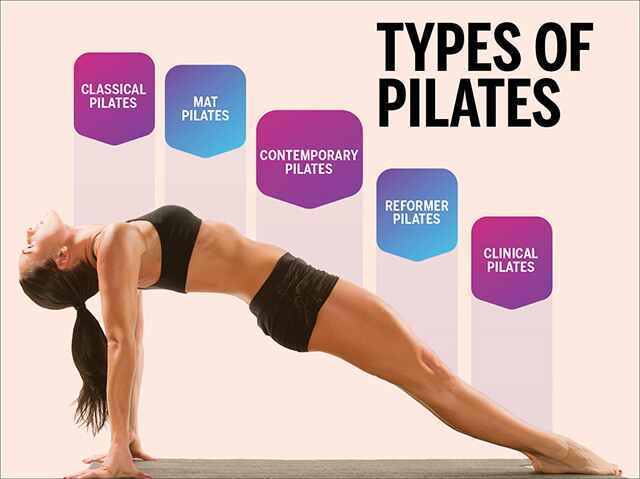Comparing Pilates and Yoga for Optimal Fitness
In the world of fitness, it’s easy to get overwhelmed by the variety of workouts available. Pilates, yoga, Yogilates, PiYo—they all seem to offer similar benefits. So, how do you decide which one is right for you? Both Pilates and yoga have evolved significantly in recent years, offering numerous variations to suit different preferences and needs. These low-impact workouts utilize bodyweight resistance, providing a wide range of health benefits and an improved quality of life. However, proper form and modifications are essential, especially for individuals with physical limitations.
The Pilates Advantage
Pilates focuses on increasing muscle strength and endurance, enhancing flexibility and posture, improving balance, and reducing joint pain. It emphasizes precise, controlled movements that engage core and back stabilizing muscles. Each exercise starts with a deliberate breath that initiates core muscle contractions. Pilates can be performed on a mat or specialized equipment that utilizes springs, levers, and body weight for resistance. Research suggests that Pilates can be beneficial for individuals with conditions like arthritis, urinary incontinence, respiratory issues, joint injuries, and back pain.
The Yoga Perspective
Yoga, on the other hand, emphasizes mindfulness and deep breathing. It encompasses various types, but most classes include holding poses and flowing through sequences. Yoga combines physical activity with mental focus, enhancing breath awareness and energy. Extensively studied, yoga offers physical and mental benefits, making it effective for issues like anxiety, depression, multiple sclerosis, arthritis, respiratory conditions, high blood pressure, and chronic pain.
Choosing Your Path
Both Pilates and yoga are excellent workouts, but determining the right one for you may require consulting an instructor, especially if you have health concerns. While many yoga styles exist, some demand substantial joint flexibility and mobility, which can be challenging for those with limitations or pain. It’s essential to find a yoga style that suits your body, such as restorative yoga, acro yoga, or chair yoga.
Pilates, with its low-impact exercises and subtle movements, is ideal for older adults and individuals recovering from injuries. Various forms of Pilates are available, differing mainly in the type of equipment used. Equipment-based Pilates utilizes similar movements as mat classes but includes added resistance. While mat Pilates suits many people, those with limited mobility or weak core strength may find it more challenging. Keep in mind that some forms of Pilates require equipment access, which can be costly.
Ultimately, the choice between Pilates and yoga depends on your fitness goals. If you aim to enhance strength and flexibility, Pilates may be the preferred option. On the other hand, if you seek overall wellness improvement, yoga could be your choice. Both can contribute to a healthier, happier you—so pick the one that aligns with your aspirations and physical capabilities.

























